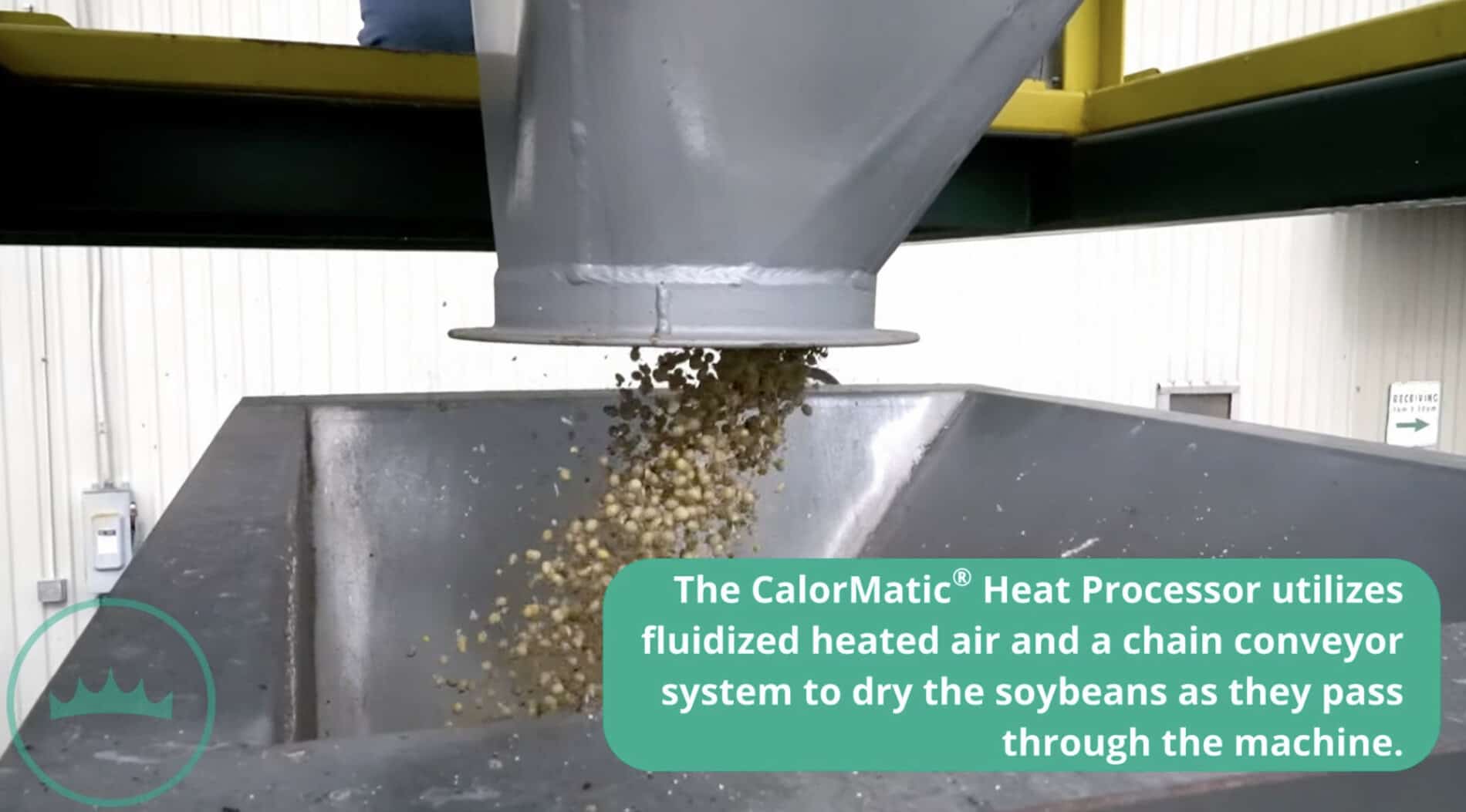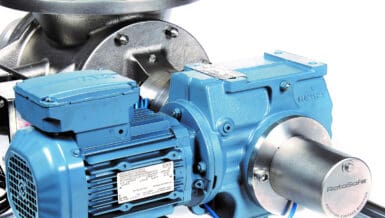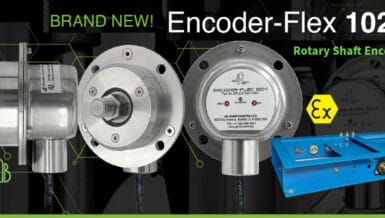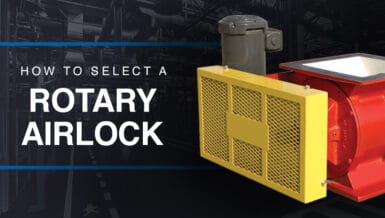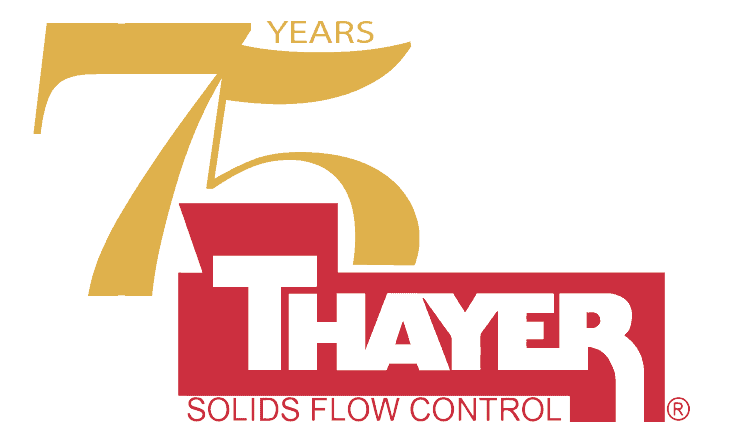Considerations that apply for proper selection are as follows:
- The material cannot be brought into contact with the products of combustion.
- Special purge gases are needed to achieve a reducing, inert or oxidizing atmosphere in the unit.
- The material is very fine or has a low specific gravity and entrainment constraints would make the cross-section area of the unit unrealistically large if products of combustion had to be accommodated along with purge gases in the cylinder.
- The process off-gas volume would be larger if products of combustion were present. This would necessitate a bigger and more costly off-gas system.
- Special temperature profiles are required for a process. The indirectly-heated calciner approach can utilize temperature control zones for desired temperature profiles, as well as for holding at a constant temperature for a given period of time.
- It can maintain product quality control since its furnace design can be zoned and therefore better deal with fluctuations in feed rates and product characteristics such as water content.
High temperature processing
Indirect rotary calciners utilizing high-temperature alloy cylinders can process material up to 2,200ºF. Above that temperature, quartz cylinders can be used to 2,400ºF with ceramic (alumina, silicon carbide) cylinders capable of 2,900ºF. Temperatures above 2,900ºF require graphite cylinders and special considerations in the design of the rotary calciner.
A typical rotary indirectly-heated calciner consists essentially of a rotating cylinder housed within a stationary insulation-lined furnace. The furnace can employ electric heating elements or oil and/or gas burners as the heat source for the process. The hardware would be appropriately zoned down the length of the furnace to match the heat requirements of the process.
The ends of the cylinder extend beyond the furnace, and are fitted with specially designed riding rings which each rest upon a pair of trunnion rolls. Both ends of the rotating cylinder are enclosed in stationary breechings with rotary seals. Natural gas, steam, hydrogen, nitrogen or other special gaseous atmospheres can be introduced into the cylinder (either co-current or counter-current), and exhausted safely. When a special gas-tight atmosphere is required for the process, a bellows-type seal is used. For oxidizing processes, or when slight leakage can be tolerated, a simpler seal design is employed. Process material is continuously fed into one end of the cylinder and discharged continuously at the other. Both feed and discharge breechings can be provided with screw conveyor or rotary airlocks so that leakage at these points is prevented. In cases where it is necessary to cool the treated material before discharge into the atmosphere, a water cooled extension is added to the discharge end. Often it is advisable to use a separate calciner and cooler isolated by an airlock to prevent mixing of their atmospheres.
Because continuous indirect heat calciners require extremely accurate operating alignment, it is customary to support the entire unit on a self-contained frame. This enables the slope of the unit to be varied to affect changes is the material retention time. Rotation speed also influences the material retention time and can be varied. The interior of the tube may be smooth, or provided with special internals to tumble the material or cascade it through an internal atmosphere.

Design and construction
Bartlett-Snow™ rotary calciners can be designed and constructed with cylinders ranging in size from 6″ to 120″ in diameter, and from 7′ to 100′ in length.
Bartlett-Snow™ rotary calciners for pilot plant equipment
For laboratory, pilot plant and small quantity production, these standard calciners are designed to heat material in a controlled oxidizing, inert or reducing atmosphere to as maximum. Material temperature is 2200º F and an integral waterspray cooling section cools the material to approximately 150º F prior to discharge.
Material is fed to the calciner by a 2″ diameter screw feeder. The feeder is driven by 1/4 HP variable speed drive from 0 to 7.3 RPM. A bellows seal arrangement at each end of the rotating cylinder maintains a ±2″ WC internal pressure and compensates for expansion of the cylinder. Both feed and discharge breechings have purge taps to allow either co-current or counter-current movement of the internal atmosphere.
Bartlett-Snow™ electrically heated calciners
- Design and construction Cylinder 6.5″ diameter, various high temperature alloys, all other process contact parts are 316 stainless steel.
- Drive Furnace tube is mounted on trunnion rolls and chain driven at speeds from 1.2 to 11.6 RPM using 1/2 HP variable speed drive.
- Support frame Mounted on self-contained adjustable slope steel frame to assure proper alignment of all components.

Typical Materials Processed:
- Activated Carbon
- Catalysts
- Ceramic Compounds
- Sludges
- Contaminated Soils
- Ferrites
- Manganese Dioxide
- Metallic Oxides
- Molybdenum Sulfide
- Rare Earths
- Titanium Oxide
- Tungsten Compounds
- Uranium Compounds
- Vanadium Compounds
- Zinc Oxides
Raymond Bartlett Snow merged with Schenck Process LLC in April 2019. Schenck Process is the global technology and market leader in applied measuring technology for weighing, feeding, conveying, screening, automation and air filtration applications. Together with Raymond Bartlett Snow, Schenck Process has expanded their expertise into pulverizing, size reduction, calcining, cooling, drying and thermal processing applications. The Bartlett-Snow™ thermal processing design, engineering, parts and service teams can be reached at (630) 393-1000 or sales-cmm@schenckprocess.com.








